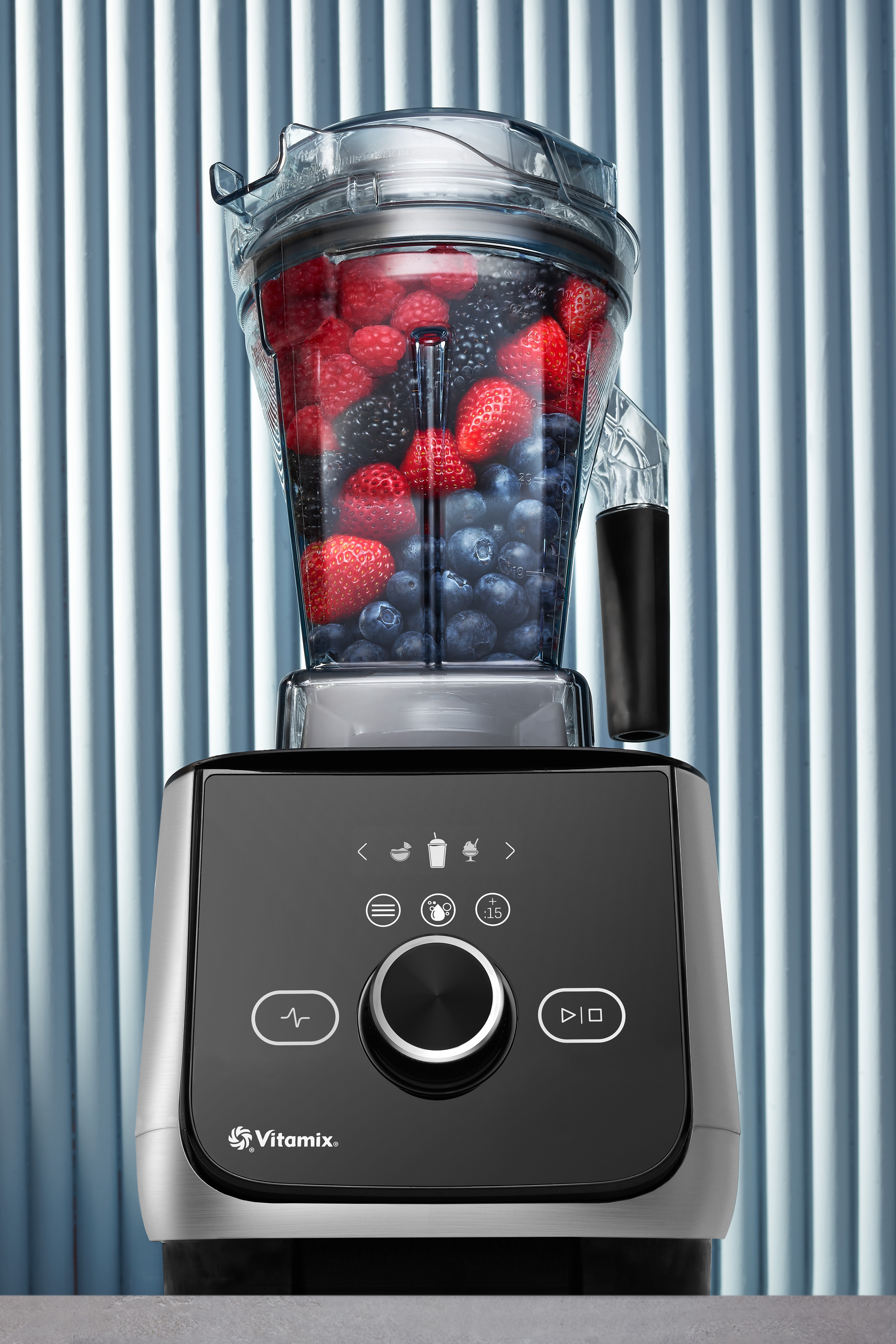A well-crafted appetizer menu can showcase your creativity, drive revenue, and give first-time diners an easy, low-cost way to test out different dishes. Here are a few simple strategies to help you change the flavor profiles of your starters, and keep your menu fresh and appealing.
Change the Main Ingredient
Changing the central ingredient is one straightforward way to revamp an appetizer. Consider potato skins, for example. To give them a new lease on life, replace the potato with sweet potato. The taste will be familiar, but different enough to appeal to anyone who's tired of the "same old." You could even switch to zucchini skins, and cook wide strips of zucchini and then add toppings. Take things even further by mashing-up two existing favorites such as homemade potato chips with potato skin toppings to make potato skin nachos.
Switch Up the Flavors
The opposite strategy—starting with a familiar base ingredient, such as chicken wings, and taking it in a different direction—is just as effective. Skip the usual flavor profiles of hot sauce, teriyaki, and honey-garlic sauce, and look for less common combinations that are still familiar to your diners. For instance, you could toss the chicken wings in tandoori spice and serve them with a chutney dipping sauce, or you could dust them with ground chilies and serve them with a drizzle of mole sauce.
Alternatively, you could prepare a version of the main ingredient with very simple seasonings and then offer it with multiple dips that incorporate adventurous flavor profiles. Chicken is an especially versatile base for this kind of experimentation because it goes with just about any flavor combination. However, make sure to have your staff taste-test your creations before putting them on the menu. After all, just because a concoction sounds good in your head doesn't mean it will necessarily appeal to most diners.
Bring on Trendy New Flavors
Adding trendy new flavors to your appetizers can make them stand out. For instance, Mediterranean flavors have been popular for a long time, but now other Mediterranean cuisines—North African and Middle Eastern—are booming. Incorporating spice mixtures from those regions into your appetizers is a relatively quick and simple way to freshen up your menu. Whether you opt for fiery harissa and zhug, herbal za'atar, or the endlessly complex and variable ras el hanout, these blends can take your appetizers in intriguingly different directions. Once you've tried a few commercial blends, you can even create a house version to suit your unique offerings.
Add an Artisanal Twist
Adding artisanal, handmade components, such as specialty cheese, charcuterie, or naturally fermented pickles, to your appetizers can make them more appealing to diners—especially if these add-ons are made from local ingredients. If you can manage making your own ingredients in-house, that's great, but if you don't have the skills or resources, bring them in from a reputable local supplier. You never know, you might even be able to negotiate favorable terms in exchange for a prominent mention on the menu.
Go Soft
Cheese is a mainstay on the appetizer menu, but you can easily find ways to make it more interesting and appealing to your diners. One trendy option is to replace mass-market shredded cheeses or cream cheese with soft fresh cheeses. Their rich, mild flavor and creamy texture provides a blank canvas for your creativity, and can work with almost any type of cuisine. Soft cheeses are especially easy to make in-house—either from fresh milk or from milk products such as Greek yogurt.
Your appetizer menu can easily go beyond the norm. Instead of making your starters an afterthought, use these tips to put a unique spin on your offerings. Your diners will appreciate it, and will likely keep coming back for more.
Related Articles

5 Unexpected Cocktail Ingredients
Mixologists are finding new ways to challenge the status quo of cocktail making. Here are five surprising cocktail ingredients worth exploring.

Working Root Vegetables Onto the Menu
Explore tasty ways to add beets, artichokes, and more to your seasonal menu.

Local Farmers Market: How to Build Lasting Relationships
Here's what chef Ricky Casipe of Hawthorne Food and Drink had to say about the importance of building relationships at your local farmers market.



